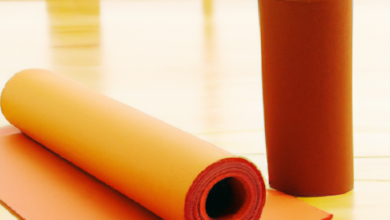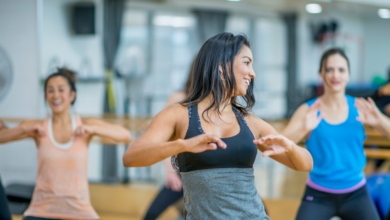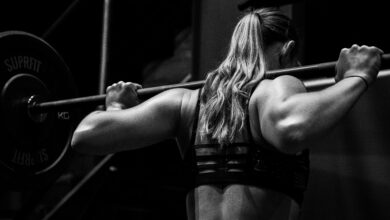
Maintaining a strong and healthy core is vital for long-term health and overall well-being. In this article, you will discover valuable insights and techniques to strengthen your core muscles effectively. By implementing these practical tips into your daily routine, you can improve your balance, stability, and posture, leading to a healthier and more active lifestyle. So let’s dive into this comprehensive guide and start your journey towards a stronger core and a healthier you!
Benefits of Strengthening Core Muscles
Improved posture and stability
Strengthening your core muscles can have a profound impact on your overall posture and stability. The core muscles consist of a group of muscles in the abdomen, back, and pelvis that work together to support your spine and pelvis. When these muscles are strong, they can help to maintain proper alignment of your spine, which in turn improves your posture. Good posture not only makes you appear more confident and self-assured, but it also reduces the risk of developing back pain or other musculoskeletal issues.
In addition to improving posture, strengthening your core muscles can also enhance stability. The core muscles provide a solid foundation for movement, and when they are strong, they can help to keep your body stable and balanced. This is particularly important during activities that require balance, such as walking on uneven terrain or participating in sports that involve quick changes in direction.
Reduced risk of injury
Another significant benefit of strengthening your core muscles is a reduced risk of injury. Your core muscles play a crucial role in stabilizing your body during movement and transferring forces from one part of your body to another. When these muscles are weak, other muscles have to work harder to compensate, which can lead to imbalances and increased stress on joints and connective tissues. Over time, this can increase the risk of overuse injuries or acute injuries, such as sprains or strains.
By strengthening your core muscles, you can ensure that they are able to provide adequate support and stability during everyday activities and physical exercise. This reduces the strain on other muscles and joints, decreasing the likelihood of injury and improving your overall physical well-being.
Enhanced athletic performance
Whether you’re an elite athlete or a casual fitness enthusiast, having a strong core can significantly enhance your athletic performance. The core muscles are involved in virtually every movement that you make, from running and jumping to lifting weights and throwing a ball. When your core muscles are strong, they can help to generate more power and force, improving your performance in activities that require explosive movements.
Moreover, a strong core also promotes better movement efficiency. By stabilizing your spine and pelvis, your core muscles allow for more efficient transfer of energy from the lower body to the upper body and vice versa. This can translate into improved agility, speed, and overall athletic performance.
Improved balance and coordination
Finally, strengthening your core muscles can greatly improve your balance and coordination. Good balance and coordination are essential not only for athletic performance but also for everyday activities. Whether you’re walking, reaching for an object, or even standing still, your core muscles play a vital role in keeping you stable and coordinated.
By incorporating core-strengthening exercises into your fitness routine, you can improve your proprioception (awareness of your body’s position in space) and fine-tune your neuromuscular control. This can result in better balance and coordination, making it easier for you to perform tasks that require precise movements and reducing your risk of falls or other accidents.
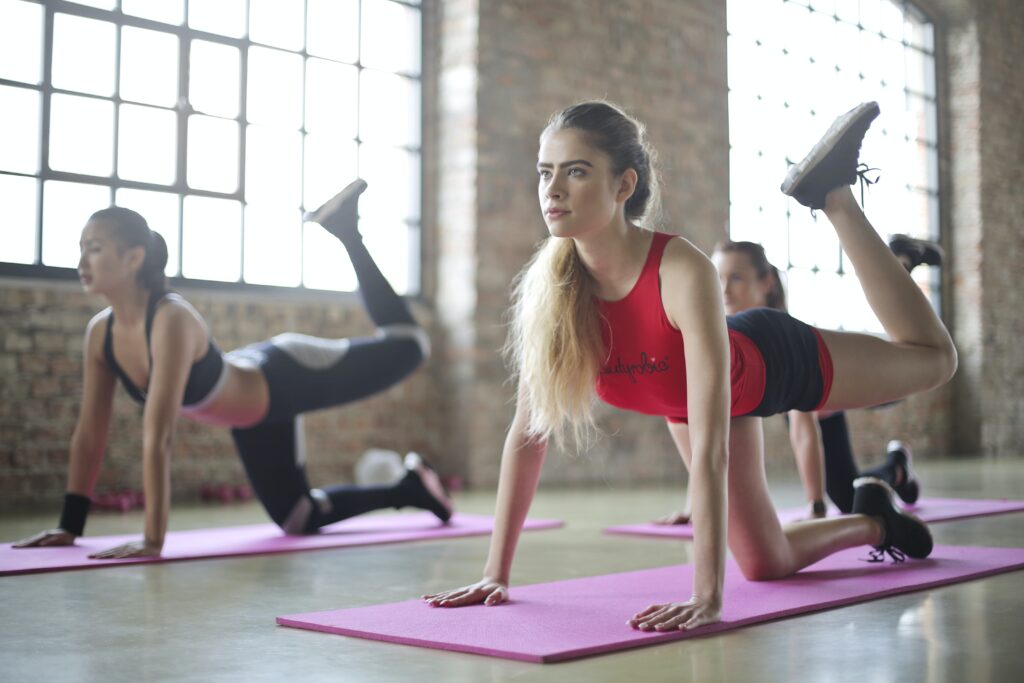
Understanding the Core Muscles
What are core muscles?
The core muscles refer to a group of muscles that make up the central area of the body. They include the muscles of the abdomen, lower back, hips, and pelvis. The major muscles involved in the core include the rectus abdominis, transversus abdominis, internal and external obliques, erector spinae, and the muscles of the pelvic floor.
Function of core muscles
The core muscles have several essential functions. Firstly, they provide stability and support for the spine and pelvis, helping to maintain proper posture and alignment. Secondly, they assist in the movement of the trunk and limbs by providing a solid base for muscle activation and force generation. Lastly, they play a crucial role in transferring forces between the upper and lower body, allowing for efficient movement and reducing the risk of injury.
Types of core muscles
There are two main types of core muscles: the stabilizer muscles and the mover muscles. The stabilizer muscles work to stabilize the spine and pelvis during movement, providing support and maintaining proper alignment. These muscles include the transversus abdominis, internal obliques, and multifidus. The mover muscles, on the other hand, are responsible for generating movement and power. They include the rectus abdominis, external obliques, erector spinae, and hip flexor muscles.
Exercises to Strengthen Core Muscles
Plank
The plank is a classic core-strengthening exercise that targets multiple muscles in the abdomen, back, and hips. To perform a plank, start by getting into a push-up position, with your hands directly under your shoulders and your toes resting on the floor. Engage your core muscles by pulling your belly button towards your spine, and keep your body in a straight line from head to toe. Hold this position for as long as you can while maintaining proper form.
Crunches
Crunches are another effective exercise for strengthening the core, particularly the rectus abdominis muscles (the “six-pack” muscles). To do a crunch, lie on your back with your knees bent and your feet flat on the floor. Place your hands behind your head, and slowly curl your upper body off the floor, lifting your shoulder blades towards your knees. Be sure to keep your lower back in contact with the floor throughout the movement, and exhale as you lift up. Lower yourself back down slowly, and repeat for several repetitions.
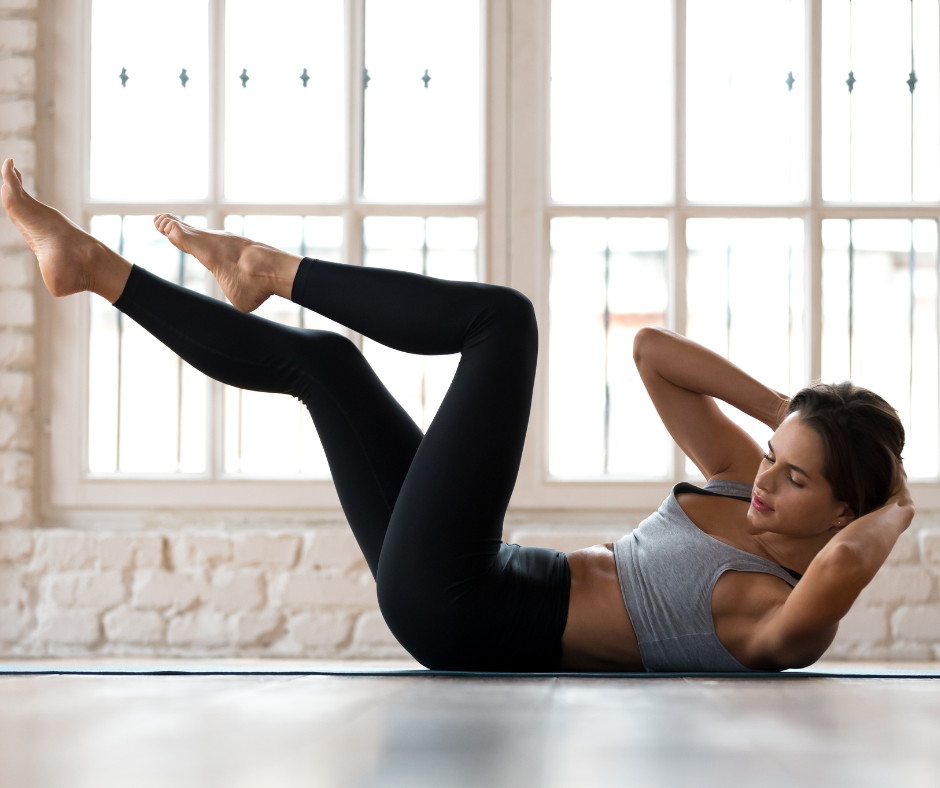
Russian twists
Russian twists are a great exercise for targeting the oblique muscles, which run along the sides of your abdomen. Sit on the floor with your knees bent and your feet flat on the ground. Lean back slightly on your tailbone, keeping your back straight. Hold a weight or medicine ball in front of your chest, and twist your torso to one side, touching the weight to the floor. Twist back to center, and then repeat on the other side. To increase the difficulty, you can lift your feet off the ground and perform the twists while balancing on your glutes.
Bridge
The bridge exercise is an excellent way to target the core muscles, including the glutes, hamstrings, and lower back. Start by lying on your back with your knees bent and your feet flat on the floor. Place your arms by your sides, with your palms facing down. Engage your core muscles, and press through your heels to lift your hips off the ground until your body forms a straight line from your knees to your shoulders. Hold this position for a few seconds, and then lower your hips back down to the starting position. Repeat for several repetitions.
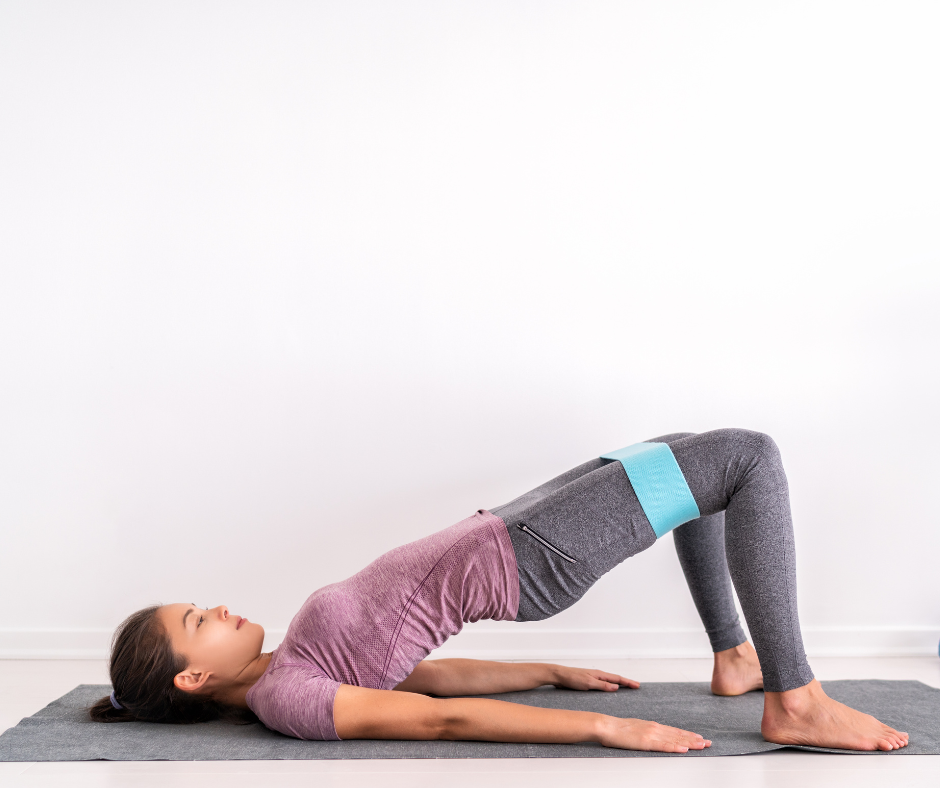
Bird-dog
The bird-dog exercise is a compound movement that targets multiple muscles in the core, as well as the back and hips. Start on your hands and knees, with your hands directly under your shoulders and your knees directly under your hips. Engage your core muscles, and extend your right arm forward and your left leg backward, keeping your hips and shoulders level. Hold this position for a few seconds, and then return to the starting position. Repeat on the opposite side. Aim for a smooth, controlled movement, without any excessive twisting or tilting of the body.
Proper Form and Technique
Engaging core muscles correctly
Properly engaging your core muscles is essential for getting the most out of your core-strengthening exercises. To engage your core, start by focusing on your breath. Take a deep inhale, allowing your belly to expand, and then exhale fully, drawing your belly button towards your spine. This helps to activate the transversus abdominis, a deep abdominal muscle that acts like a corset around your waist.
In addition to engaging the deep core muscles, it’s also important to maintain proper alignment and posture throughout your exercises. Keep your spine in a neutral position, avoiding excessive arching or rounding. Imagine lengthening through the spine, with the crown of your head reaching towards the ceiling and your tailbone reaching towards the floor. This helps to create a strong, stable base for your movements and reduces the risk of injury.
Breathing techniques
Proper breathing is crucial for maximizing the effectiveness of your core exercises and maintaining stability. As mentioned earlier, focusing on your breath can help to engage deep core muscles, such as the transversus abdominis. Inhale deeply through your nose, allowing your ribcage to expand, and then exhale fully through your mouth, drawing your belly button towards your spine.
During the actual movements of your exercises, it’s important to maintain a controlled breathing pattern. Avoid holding your breath or gasping for air, as this can increase tension and limit your ability to perform the exercises with proper form. Instead, aim for a smooth, rhythmic breathing pattern that allows you to keep your core engaged and your movements fluid.

Avoiding common mistakes
When performing core-strengthening exercises, it’s important to be mindful of common mistakes that can compromise form and decrease the effectiveness of the exercises. One common mistake is relying too much on momentum or gravity to do the work, rather than using your core muscles to control the movement. For example, during a sit-up or crunch, avoid using your arms to pull yourself up or letting your upper body drop back down quickly.
Another common mistake is overextending the spine or hyperextending the lower back. This can put excessive strain on the lumbar spine and increase the risk of injury. Instead, focus on maintaining a neutral spine throughout your exercises, with a slight engagement of the abdominal muscles to support the lower back.
Lastly, it’s important to avoid rushing through your core exercises. Performing the movements too quickly can compromise form and increase the risk of injury. Instead, take your time and focus on performing each exercise with control and precision. Remember, quality over quantity is key when it comes to strengthening your core.

Creating a Core Strengthening Routine
Setting goals and objectives
Before embarking on a core strengthening routine, it’s important to set clear goals and objectives. What do you hope to achieve by strengthening your core muscles? Are you looking to improve your posture, enhance your athletic performance, or simply maintain a healthy and functional core?
Setting specific goals can help to guide your routine and keep you motivated. For example, if your goal is to improve your posture, you may want to focus on exercises that target the muscles responsible for maintaining proper alignment, such as the transversus abdominis and the erector spinae. On the other hand, if you’re looking to enhance your athletic performance, you may want to incorporate more dynamic, power-based exercises that challenge your core muscles in a functional manner.
Determining frequency and duration
Once you have identified your goals, the next step is to determine the frequency and duration of your core strengthening routine. The American College of Sports Medicine (ACSM) recommends performing core exercises 2-3 times per week, with at least 48 hours of rest between sessions to allow for adequate recovery.
In terms of duration, aim for 10-30 minutes of core-specific exercises per session. This can vary depending on your fitness level and the intensity of the exercises. If you’re just starting out, you may want to begin with shorter sessions and gradually increase the duration as your core muscles become stronger and more endurance.
Progressing the difficulty level
As your core muscles get stronger, it’s important to progressively challenge them in order to continue making gains. This can be done by increasing the difficulty level of your exercises. There are several ways to do this:
- Add resistance: Incorporate weights or resistance bands into your exercises to increase the load on your core muscles. For example, you can hold a dumbbell or a medicine ball during crunches or Russian twists.
- Increase stability: Perform exercises on an unstable surface, such as a stability ball or a balance board. This forces your core muscles to work harder to maintain balance and stability.
- Incorporate advanced variations: Once you have mastered the basic versions of core exercises, you can progress to more advanced variations. For example, you can try performing a plank with one leg lifted off the ground, or adding a twist at the top of a crunch.
Remember, it’s important to listen to your body and progress at a pace that is appropriate for your individual fitness level. Pushing yourself too hard or too fast can increase the risk of injury and hinder your progress.
Incorporating Core Strengthening into Daily Life
While sitting at your desk
One of the great things about core-strengthening exercises is that they can be incorporated into your daily life, even when you’re sitting at your desk. Here are a few simple exercises you can do:
- Seated leg lifts: Sit up straight in your chair and engage your core muscles. Lift one leg off the ground, extending it straight out in front of you. Hold for a few seconds, and then lower your leg back down. Repeat on the other side. This exercise targets the lower abdominal muscles.
- Pelvic tilts: Sit with your feet flat on the ground and your hands on your hips. Engage your core muscles, and tilt your pelvis forward, arching your lower back. Hold for a few seconds, and then tilt your pelvis backward, rounding your lower back. Repeat several times. This exercise helps to improve pelvic stability and posture.
- Seated twists: Sit up straight in your chair and place your hands on your shoulders, with your elbows pointing out to the sides. Engage your core muscles, and twist your torso to one side, keeping your hips facing forward. Twist back to center, and then repeat on the other side. This exercise targets the oblique muscles.
During everyday activities
You can also strengthen your core muscles during everyday activities by being mindful of your posture and engaging your core muscles. For example:
- Walking: Pay attention to your posture while walking and actively engage your core by pulling your belly button towards your spine. This helps to stabilize your body and activates the core muscles with each step. You can also incorporate heel-to-toe walking, which further challenges your balance and coordination.
- Standing in line or waiting for something: Take advantage of these moments to engage your core muscles. Stand with your feet shoulder-width apart, and imagine a string pulling the crown of your head towards the ceiling. Engage your abdominal muscles by drawing your belly button towards your spine, and maintain this posture for as long as you can.
- Carrying groceries or other objects: When carrying heavy objects, such as groceries, be mindful of your posture and engage your core muscles. Stand up straight, with your shoulders back and your abdominal muscles engaged. This helps to distribute the weight more evenly and reduces the strain on your back.
While doing household chores
Household chores provide another opportunity to strengthen your core muscles. Here are a few examples:
- Vacuuming: Instead of pushing the vacuum forward with just your arms, engage your core muscles and use your entire body to move the vacuum. Focus on maintaining proper posture and using your legs and core to generate power.
- Raking leaves or shoveling snow: These activities require a lot of twisting and bending, making them excellent exercises for the core. Engage your core muscles and use your entire body to perform the movements, rather than relying solely on your arms.
- Washing windows or cleaning the shower: While reaching overhead or bending down, engage your core muscles to maintain stability and support your spine. This helps to protect your lower back and reduce the risk of strain or injury.
By incorporating core-strengthening techniques into your daily life, you can reap the benefits of a strong and functional core, even when you’re not actively exercising.
Benefits of Cardiovascular Exercise for Core Strength
Improving overall fitness
Cardiovascular exercise, such as running, swimming, or cycling, offers numerous benefits for overall fitness, including improved cardiovascular health, increased endurance, and better oxygen utilization. But did you know that cardio exercise can also help to strengthen your core muscles?
Many cardiovascular activities involve dynamic, full-body movements that require core stability and strength. For example, when you run, your core muscles work to stabilize your spine and pelvis, ensuring a smooth and efficient running gait. Similarly, when you swim, your core muscles help to maintain proper body alignment in the water, allowing for optimal stroke technique and efficiency.
By incorporating cardiovascular exercise into your fitness routine, you can indirectly strengthen your core muscles while improving your overall fitness and endurance.
Aiding in weight loss
Maintaining a healthy weight is important for overall health and well-being, and cardiovascular exercise is a powerful tool for weight loss and weight management. When you engage in cardiovascular activities, your body burns calories and fat for fuel, helping to create a calorie deficit and promote weight loss. Additionally, regular cardiovascular exercise can increase your metabolic rate, allowing you to burn more calories even at rest.
While cardiovascular exercise alone may not specifically target the core muscles for strengthening, losing excess body fat can help to reveal a more defined and toned core. As you shed fat from your midsection, your core muscles become more visible and pronounced, giving you a leaner and more sculpted appearance.
Increasing core muscle endurance
Cardiovascular exercise is known for improving endurance, and this includes the endurance of your core muscles. When you engage in activities such as running, cycling, or swimming, your core muscles are constantly engaged to provide stability and support throughout the duration of the exercise.
Over time, regular cardiovascular exercise can increase the endurance of your core muscles, allowing them to work for longer periods without fatigue. This not only enhances your performance in your chosen cardiovascular activities but also translates into improved stability and endurance during everyday movements and activities.
To maximize the benefits for core muscle endurance, include a variety of cardiovascular activities in your routine, such as jogging, biking, swimming, or dancing. This not only keeps your workouts interesting and enjoyable but also challenges your core muscles in different ways, promoting overall strength and endurance.
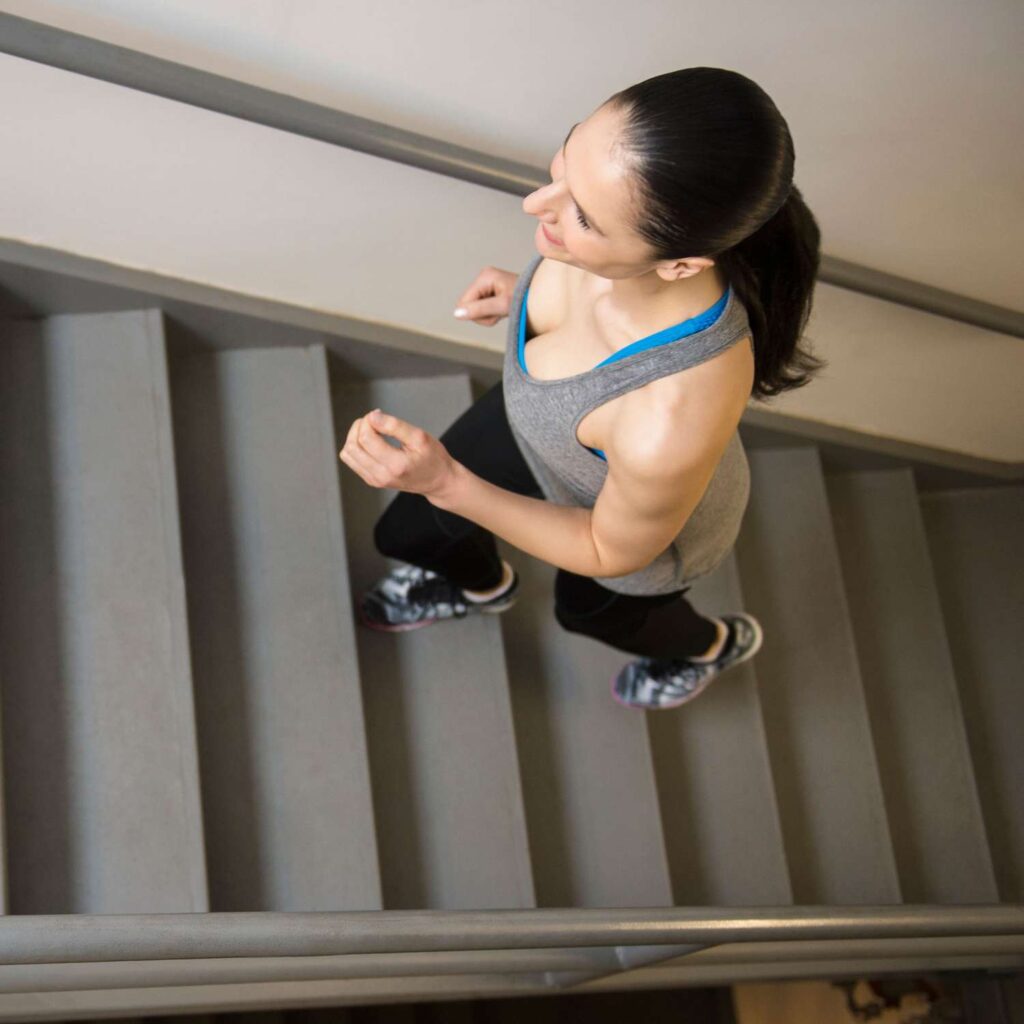
Combining Core and Strength Training
Incorporating weightlifting exercises
While cardiovascular exercise is excellent for overall fitness and endurance, incorporating strength training exercises into your routine is crucial for building and maintaining muscle mass. When it comes to strengthening the core, weightlifting exercises can be particularly beneficial.
Many weightlifting exercises naturally engage the core muscles as stabilizers, helping to improve overall core strength and stability. For example, exercises such as squats, deadlifts, and overhead presses require a strong and stable core to maintain proper form and technique. These compound exercises target multiple muscle groups, including the core, and can help to build overall strength and power.
In addition to compound exercises, targeted core exercises, such as weighted planks, Russian twists with a dumbbell, or cable wood chops, can further challenge and strengthen the core muscles. By incorporating a combination of weightlifting and core-specific exercises into your routine, you can maximize the benefits for core strength and overall functional fitness.
Benefits of resistance training for core muscles
Resistance training, which involves using external resistance, such as weights, resistance bands, or your own body weight, offers numerous benefits for core muscles. When you perform resistance exercises, your core muscles have to work harder to stabilize your body and control the movement of the resistance.
Resistance training can be particularly effective for targeting the stabilizer muscles of the core, such as the transversus abdominis and the multifidus. These muscles are not only important for maintaining posture and stability but also for protecting the spine during movement.
By including resistance exercises that specifically target the core muscles, you can strengthen these deep stabilizer muscles and improve overall core strength and stability. This can have a positive impact on your everyday movements and activities, as well as your athletic performance.
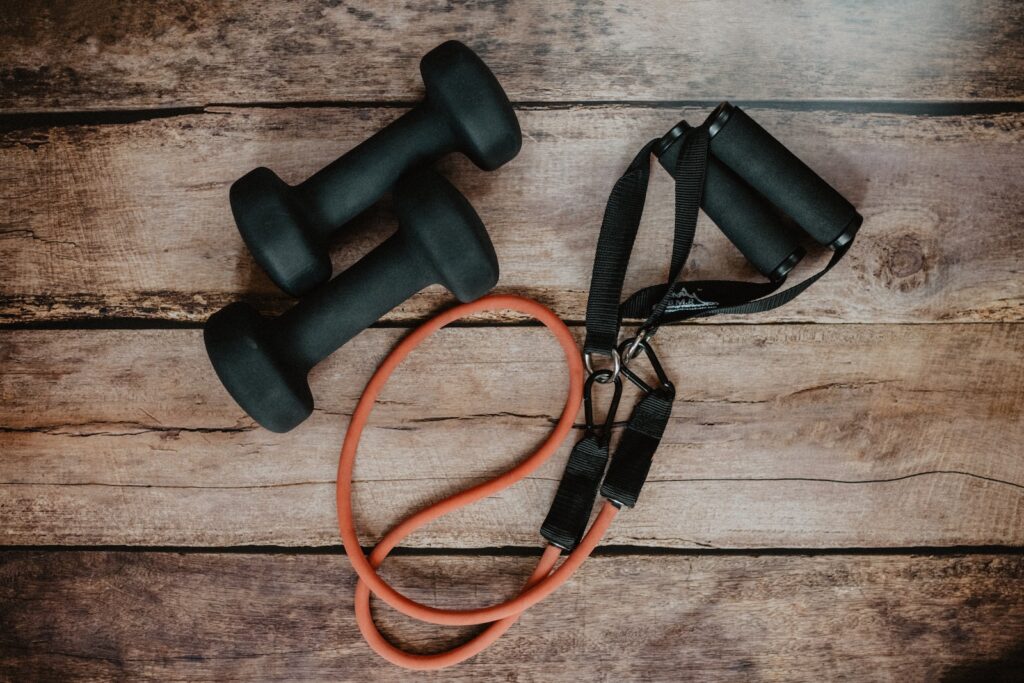
The Role of Nutrition in Core Muscle Health
Eating a balanced diet
Nutrition plays a crucial role in overall health and fitness, including the health and strength of your core muscles. Eating a balanced diet that contains a variety of nutrient-dense foods can provide the necessary building blocks for muscle growth and repair.
Include a good mix of protein, carbohydrates, and healthy fats in your diet. Protein, in particular, is essential for muscle repair and growth. Aim to consume high-quality sources of protein, such as lean meat, poultry, fish, dairy products, eggs, legumes, and tofu, with each meal.
Carbohydrates provide the energy needed for physical activity, including core-strengthening exercises. Opt for complex carbohydrates, such as whole grains, fruits, vegetables, and legumes, which provide sustained energy and important nutrients.
Healthy fats, such as those found in nuts, seeds, avocados, and fatty fish, are important for overall health and can support proper muscle function. Don’t be afraid to include these healthy fats in your diet in moderation.
Consuming adequate protein
Protein is a crucial nutrient for muscle health and development, including the muscles of the core. Consuming an adequate amount of protein can help to support muscle repair, growth, and recovery after exercise.
The exact amount of protein needed varies depending on factors such as age, sex, weight, and activity level. However, a general guideline is to aim for approximately 0.8-1 gram of protein per kilogram of body weight per day. This means that a 150-pound person (approximately 68 kilograms) should consume 54-68 grams of protein per day.
To ensure that you’re getting enough protein in your diet, include protein-rich foods with each meal and snack. In addition to lean meats, poultry, and fish, other good sources of protein include dairy products, eggs, legumes, tofu, tempeh, and seitan. If you find it difficult to meet your protein needs through diet alone, consider incorporating a high-quality protein supplement, such as whey protein powder or plant-based protein powder.
Maintaining proper hydration
Proper hydration is important for overall health and well-being, and it also plays a role in supporting muscle function and recovery. Dehydration can negatively impact muscle performance and increase the risk of muscle cramps and fatigue.
To ensure that you’re properly hydrated, drink an adequate amount of fluids throughout the day. The exact amount needed varies depending on factors such as age, sex, weight, and activity level, but a general guideline is to aim for at least 8 cups (64 ounces) of fluid per day. Water is an excellent choice, but you can also include other hydrating beverages such as herbal tea, unsweetened fruit-infused water, or sports drinks if you’re engaging in intense or prolonged exercise.
Remember to listen to your body’s thirst cues and drink enough fluids to stay properly hydrated. If you’re engaging in intense exercise or spending prolonged periods in hot or humid conditions, you may need to increase your fluid intake accordingly.
By eating a balanced diet, consuming adequate protein, and maintaining proper hydration, you can support the health and strength of your core muscles, as well as overall physical well-being.
Conclusion
Strengthening your core muscles provides a wide range of benefits for long-term health and well-being. From improved posture and stability to enhanced athletic performance and increased balance and coordination, a strong core is essential for everyday movements and activities.
By understanding the core muscles and incorporating specific exercises into your fitness routine, you can effectively strengthen and tone your core. Focus on proper form and technique, engage your core muscles correctly, and gradually increase the difficulty level to ensure continued progress and gains.
In addition to targeted exercises, it’s also important to incorporate core-strengthening techniques into your daily life, such as maintaining proper posture while sitting at your desk, engaging your core during everyday activities, and using your core muscles during household chores.
Cardiovascular exercise and strength training are valuable additions to any core-strengthening routine, as they contribute to overall fitness and improve core muscle endurance. By combining different types of exercise, you can maximize the benefits for your core muscles and achieve long-term health and fitness goals.
Lastly, nutrition and hydration play a vital role in supporting the health and strength of your core muscles. Eat a balanced diet, including adequate protein, and maintain proper hydration to provide the necessary fuel for muscle growth and recovery.
With a comprehensive approach that includes targeted exercises, daily integration, cardiovascular exercise, strength training, and proper nutrition and hydration, you can build and maintain a strong and functional core for long-term health and well-being. Remember to consult with a healthcare professional or fitness expert to tailor a core-strengthening routine that suits your individual needs and goals. Strengthening your core is an investment in your overall health and quality of life, and the benefits will extend far beyond the gym or exercise mat.

